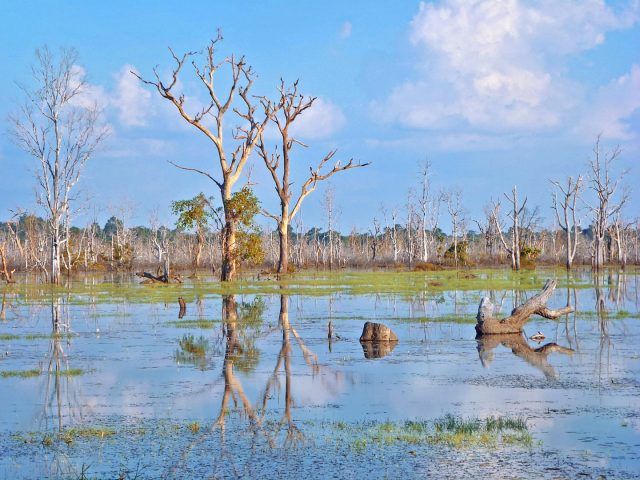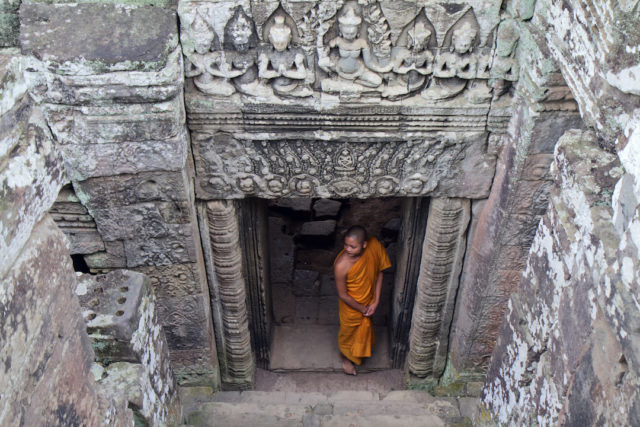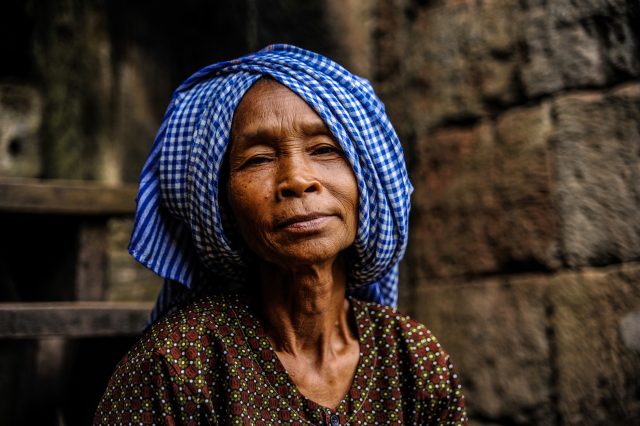8 Interesting Facts About Cambodia
ABOUT
At Our Whole Village, we plan meaningful vacations for families who want to create lifelong memories and show their kids the world in a more conscious and intentional manner.
WORK WITH US
We help families take meaningful vacations so that they can escape everyday life, show their kids the world and make lifelong memories - with care, confidence and peace of mind.
THE BEST FAMILY VACATIONS BY AGE
Your (free) guide to the top travel destinations for families with babies, teens and everyone in between.
DOWNLOAD NOW
ABOUT US
January 13, 2019
From spectacular temples and quaint French colonial architecture to exuberant cities like Phnom Penh and the warm hospitality of the Khmer people, your whole family will fall in love with Cambodia. This Southeast Asian gem boasts a rich cultural heritage and gorgeous natural scenery including picturesque beaches, verdant jungles, and welcoming island oases.
Want to learn more interesting facts about Cambodia? Let’s see how many of these you already know…
1. An Ancient Land
The history of Cambodia proves rich, varied, and dates back for millennia. Archaeologists were astonished to find evidence of human habitation at a cave in Cambodia stretching back to at least 69,000 BC. Discovered in 1965 by a French couple, the Laang Spaen or Cave of Bridges contains evidence of human habitation accumulated over tens of thousands of years. Artifacts include tools, thick stone bangles, wild boar pendants, and rhinoceros bones.
2. Water Wonders
Cambodia boasts the largest freshwater lake in Southeast Asia, the Tonlé Sap, measuring 5,792 square miles (15,000 km2). Located in Siem Reap, the Tonlé Sap Lake is connected to the Mekong River by the 75-mile-long Tonlé Sap River. Occupying a geologic depression in the lower Mekong basin, the lake fluctuates in size and shape throughout the year. What’s more, during monsoon season, the flow of the lake and river reverse direction. The river and lake represent a complex hydrologic system known for a high degree of biodiversity. UNESCO declared the area a biosphere reserve in 1997

© Thipphawan. Philatan | Dreamstime.com
3. A Land of Rarities
The Tonlé Sap provides habitat for more than 149 species of fish, six near-threatened species, and 11 globally threatened species. These include the nearly extinct Siamese crocodile and the Mekong giant catfish, one of the largest freshwater fish in the world. Mekong catfish can grow up to 10 feet long (3.0 meters) and weigh between 250 and 500 lbs (110 and 230 kilograms). Cambodia is home to other rare creatures, too, like the Irrawaddy dolphin of the Mekong River in Kratié, the Cantor’s Giant Softshell Turtle, and the Giant Ibis bird.
4. A Land of Buddhism
Centuries of Buddhist practices have left an indelible mark on Cambodia. Dating back to the 5th century AD, Theravada Buddhism has been the nation’s official religion since the 13th century. Today, more than 95 percent of the nation’s residents practice this faith. Each morning, lines of bald monks in burnished gold robes roam the streets of Cambodia’s many villages and cities accepting money, food, and other items in exchange for blessings.

© Toby Williams | Dreamstime.com
5. The Land of Many Temples
Cambodia boasts thousands of Buddhist temples, statues, and sacred sites, but traces of its Hindu past also abound. In fact, Cambodia is home to the largest Hindu temple complex (and religious complex) in the world, Angkor Wat. Dedicated to the Hindu god, Vishnu, the site marks the pinnacle of the spectacular Khmer dynasty that flourished in medieval Cambodia. Over the centuries, it was adapted for Buddhist worship.
6. A Powerful Past
According to a 2015 survey, a massive city network (including canals and dams) once enveloped Angkor Wat, which means “capital temple.” This has led some archaeologists and researchers to argue that 12th-century Cambodia marked the largest empire on Earth. Beginning as early as the 9th century, the Khmer dynasty created a colossal empire stretching into parts of present-day Laos, Vietnam, and Thailand.
7. A Staple of Cambodian Fashion
If there’s one must-have accessory in Cambodia, it’s the krama. A cotton or silk scarf made on a family loom, its gingham-patterned fabric remains iconic. The krama is not only a deeply entrenched part of Khmer culture but also a national symbol. People rock it in many different colors and for a wide variety of purposes, from sun shades to skirts and everything in between. Creative folks even use this all-purpose scarf for pillows, pillow coverings, bags, baby slings, you name it.

© Andrewkosyanenko | Dreamstime.com
8. A Monumental National Flag
Adopted in 1948 and readopted in 1993, the national flag of Cambodia is one of a handful of flags in the world to feature a building. With two blue stripes and a double-wide red stripe in the middle, the flag contains a depiction of the monument Angkor Wat. Cambodians also recognize the Royal Standard of the King of Cambodia as a national symbol. The personal flag of the Cambodian monarch, it was adopted in 1993 and features the royal arms in yellow on a background of azure.
Interesting Facts About Cambodia
Did any of these interesting facts about Cambodia surprise you? Are you ready for your own Cambodia travel adventure? Check out our Thailand & Cambodia Family Adventure, a culturally rich, kid-friendly way to visit some of the most extraordinary destinations in Asia.
At Our Whole Village, we create transformational trips for curious families who want to create lasting memories while making a difference. We’re here to help you and your family experience the world, its peoples, and its cultures. Contact us today to learn more about the unforgettable experiences that we handcraft for curious families just like yours.
OUR SERVICES
HOME
COPYRIGHT © OUR WHOLE VILLAGE 2021
DESIGN BY GIRLBOSS DESIGNER | CUSTOMIZED BY ALEX COLLIER DESIGN
about
TRAVEL SERVICES
DESTINATIONS
BLOG
PLAN A TRIP
FREE TRAVEL GUIDE
TERMS AND CONDITIONS
hello@ourwholevillage.com
+1 305 432 2612